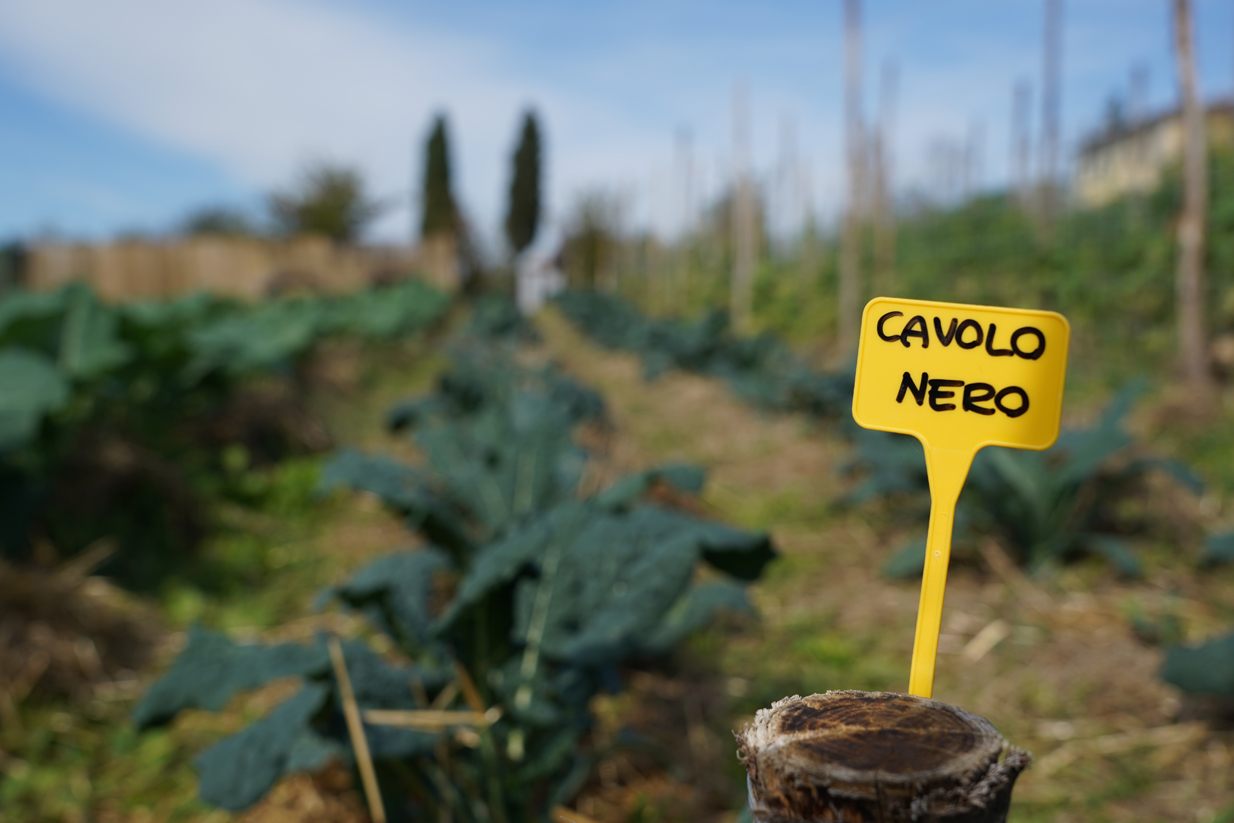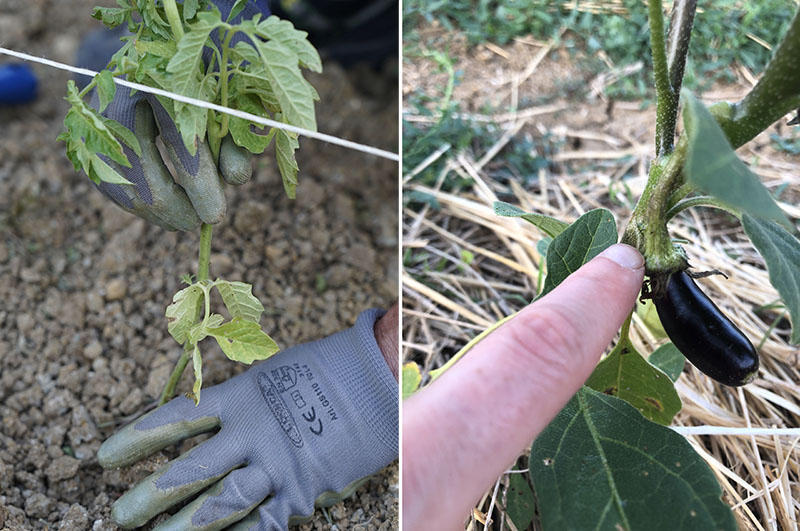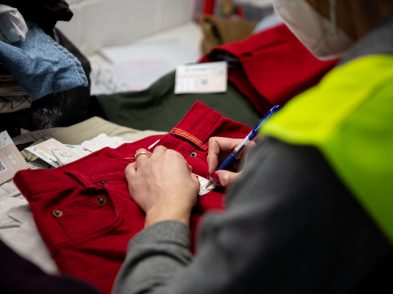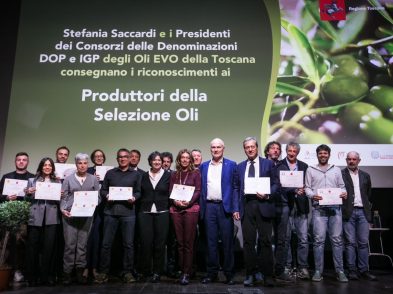Last summer, I had a no-commitment opportunity to try my hand at vegetable gardening at a shared plot across town. It was a brief, long-distance relationship that suffered from my partial lack of commitment and my total lack of knowledge. I won’t say that it brought zero satisfaction—to continue the dating metaphor, there were a few euphoric moments—but heck, it’s a whole lot of work. To use a literally translated Italian expression, perhaps “the game isn’t worth the candle” (il gioco non vale la candela).

Growing cavolo nero in Tuscany / ph. @arttrav
My short stint as an organic gardener began when the strict lockdown was lifted. Anything that required daily outdoor attention seemed like a great idea, but the novelty of waking up at 7am to deal with a shovel and water throughout a hot, dry July got old quickly. Let’s just be happy I didn’t take on a greater commitment, like getting a dog. I am generally a responsible person, but taking care of my vegetables was only really a pleasure when I had proper time to do so. I would have preferred to be outside digging than inside typing, but this proved incompatible with a full-time job. Maybe I liked the idea of growing my own vegetables more than actually doing so.
I also tend to be someone who thinks ahead, but apparently gardens require as much advance planning as a fashion collection. It turns out you have to think about zucchini and eggplant while your cavolo nero is thriving. You need your own vegetable-dojo to guide you on your gardening path, which I lacked, so I planted my summer vegetables, you know, in the summer. I had some success with lovely zucchini and a few heads of delicious lettuce made it to my table, but the tomatoes, planted way too late, never ripened and the eggplants were the size of my pinky finger. If I factored in the gas cost driving across Florence to water the plants and my time at a reasonable hourly rate, growing a salad for lunch cost about 700 euro. This certainly makes one hyper-aware of food waste.

We patiently waited but the vegetables didn’t get much bigger than this
Visions of abundant rarities such as sweet potatoes, rhubarb for pies, coriander for everything and parsnips for soup were dashed by the hard reality of clay-based soil. Let’s face it: I might have had more success asking the sugar plum fairy to hand-deliver these treats to me, given the likelihood that said crops would grow on this Tuscan plot. I thought these items were simply not to Italians’ liking and was sure that the Mediterranean sun would allow anything to flourish. I have always found it curious that there are palm trees in Florence, so would I not be right to assume?
I haven’t entirely given up on the idea of eating the fruits of my labour, but I have learned a few hard truths: maybe I am just not cut out for orto life.
Going green-fingered: growing your own vegetables in Florence
Should you decide to give orto life a go—and by all means do—find a solution close to home and with an appropriate level of support for your knowledge and skill.
Beginner: Orti Dipinti

Orti Dipinti
Open weekday mornings, this community garden, Orti Dipinti on borgo Pinti is a good place to hang out and enjoy an orto without digging your own. Workshops are available for groups with advance booking.
Intermediate: OVA – Orto Verde Animali

OVA
OVA is an organic space on via Senese (Due Strade) is currently developing a project of shared orti. They offer free visits to their animals and the possibility to purchase vegetables grown by them when your own don’t thrive.
Intermediate: Fattoria del Rocio

Fattoria del Rocio
In Le Cure, Il Roscio is an easygoing solution for a slice of earth and community of like-minded gardeners, guided and assisted by a simpatico group of young guys who are passionate about orti and chickens (who could blame them?).
Expert
Orti sociali comunali / If you’re a retired resident of one of the quartieri of Florence, get your name on a waiting list for a piece of earth to cultivate that comes with a free social club for the elderly, and probably much advice, too.

This article was published in Issue 277 of The Florentine.







